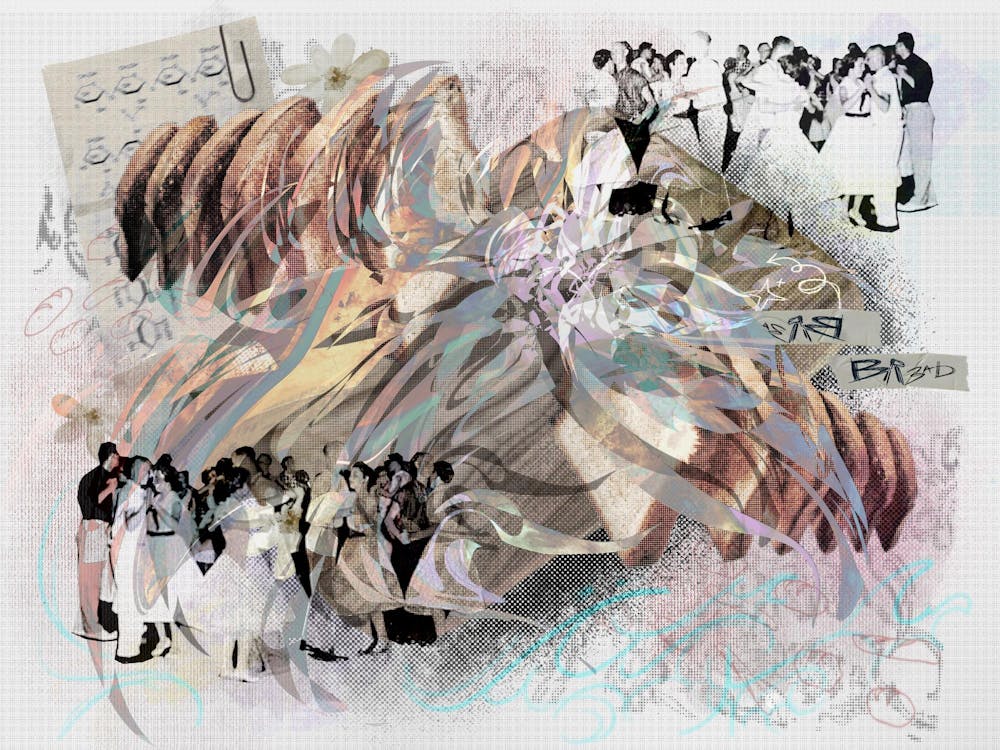What is a sandwich?
We think we know until someone mentions a hotdog. Many resolve the hotdog debate by defining a sandwich as “two slices of bread with something in the middle.” It’s a simple enough response until you consider subs or hoagies. Then things get messy.
Subs and hoagies are often not cut all the way through. Does that mean they are not sandwiches? If the act of slicing determines what is or isn’t a sandwich, should we define a percentage of how much a loaf is cut? That seems arbitrary. If we don’t use the cut as the deciding factor, then a hotdog would qualify as a sandwich and we’re left to define the role of bread. Consider folded breads: Does folding bread make it a sandwich? If the amount of filling matters, does a sandwich even need sliced bread? Otherwise, an open-top sandwich might be incomplete or infinitely flooded.
Are tacos just folded, open-sided sandwiches? If we accept this, does the percentage of closure matter? Then the amount of filling should be irrelevant. If not, then any filled bread—like a burrito, gyro, or even a hotdog bite—would also count as a sandwich. Would one olive in a 100-foot square block of bread be a sandwich?
When does something stop being a sandwich and simply become bread?
If any contact between bread and another material constitutes a sandwich, at what point does it become something else?
In western culture, we tend to see bread as something that can be sliced. We define bread by its core ingredients (flour, water, salt, and yeast). Yet bread comes in many forms. Matzo is unleavened bread eaten during the Jewish holiday of Passover. In Ireland, Subway’s bread is classified as cake. In the Indian subcontinent, everyday bread like roti is made with just atta (wheat flour) and water. Indigenous peoples across the world use maize, cassava, and rice to make bread-like foods. So why divide things into categories that, when scrutinized, are utterly arbitrary?
How much bread makes a sandwich? Is bread ever really just bread?
Bread could be defined as a product of gluten, but that excludes almond flour or cassava flour breads. What about moisture? Hardtack, the teeth-breaking “bread” of sailors and soldiers before modern rations, had close to none. Starch? Stephen Wealthall, who cannot consume starch, made bread without starch. If the percentage of content doesn’t define bread, it may simply be a question of commonality. All breads share carbohydrates. As does lettuce. And mango.
Carbohydrates are molecules composed of hydrogen, oxygen, and carbon atoms, typically in a ratio of 1:2:1. According to quantum field theory, particles are excitations of underlying fields that permeate our universe. Carbohydrates, like all matter, are made up of particles that appear and disappear due to fluctuations within these fields. The very essence of bread is rooted in these energy fluctuations.
The percentage of carbohydrates required to define a bread product is completely arbitrary, so could any food item with carbohydrates be bread? Could any item with carbs be bread?
For millennia, humans have divided the world to make sense of it. We have understood much of the world through definitions and equations, insisting that something can only exist within the frameworks we made up. But in doing so, we invalidate the ineffable nature of our universe, and narrow our scope of understanding.
Perhaps we cannot help dividing objects around us. Nevertheless, by considering all the possibilities of an object and then setting in place meaningful and distinct limitations, the frameworks we place provide us a way to objectively explore the universe, one slice at a time.
Rchin Bari is a writer for Post Magazine's "Post-Pourri" Section and a newspaper designer for the Brown Daily Herald. Originally from Belleville, New Jersey, he studies Biophysics and is pursuing an Entrepreneurship Certificate at Brown University. Rchin conducts research at Brown and is driven by a passion for exploring the world through science and mathematics, with the hope of discovering cures for currently incurable diseases.





